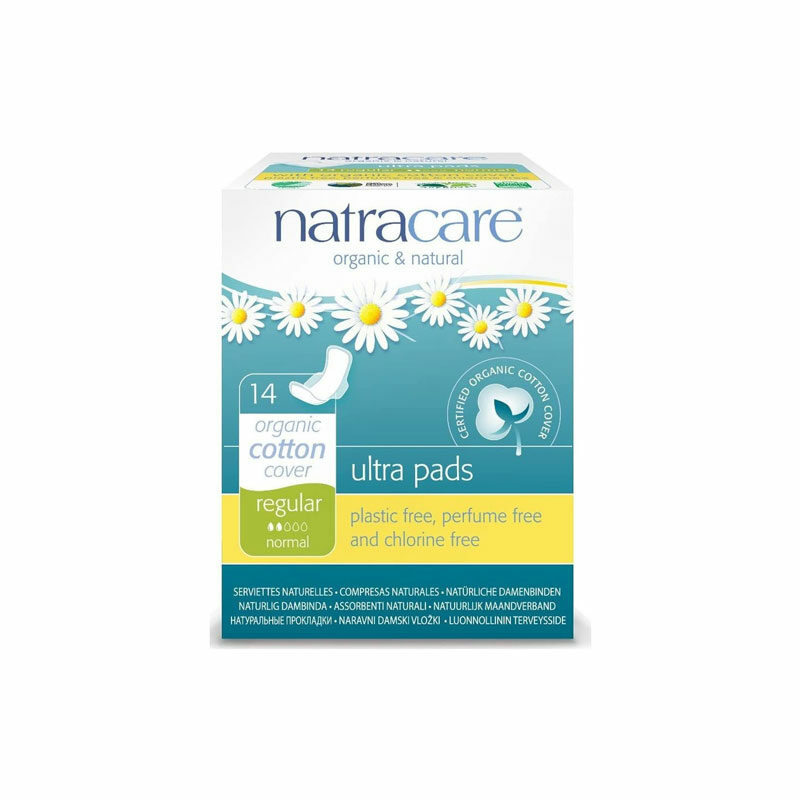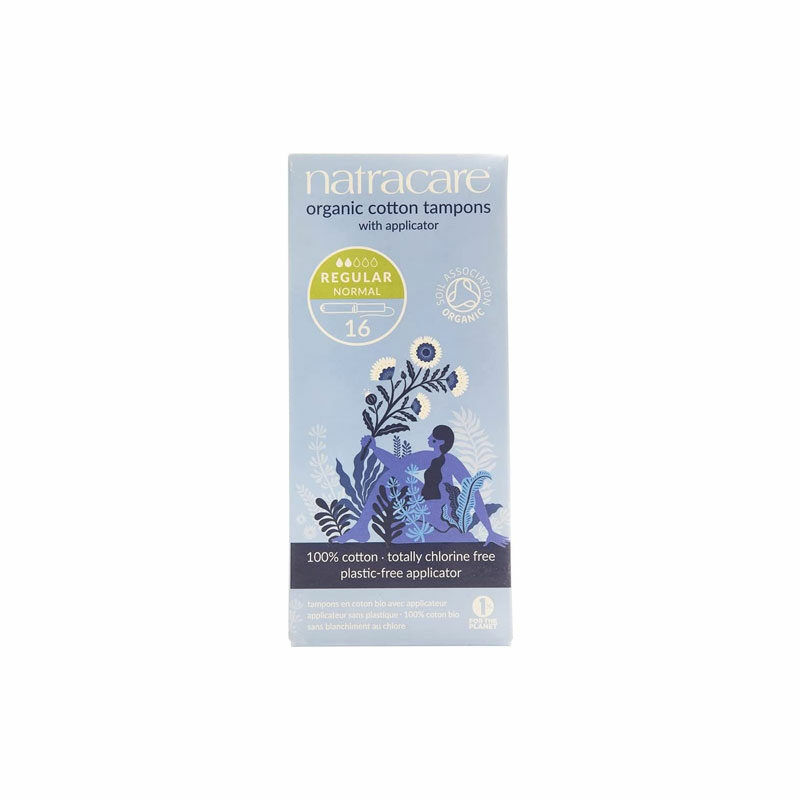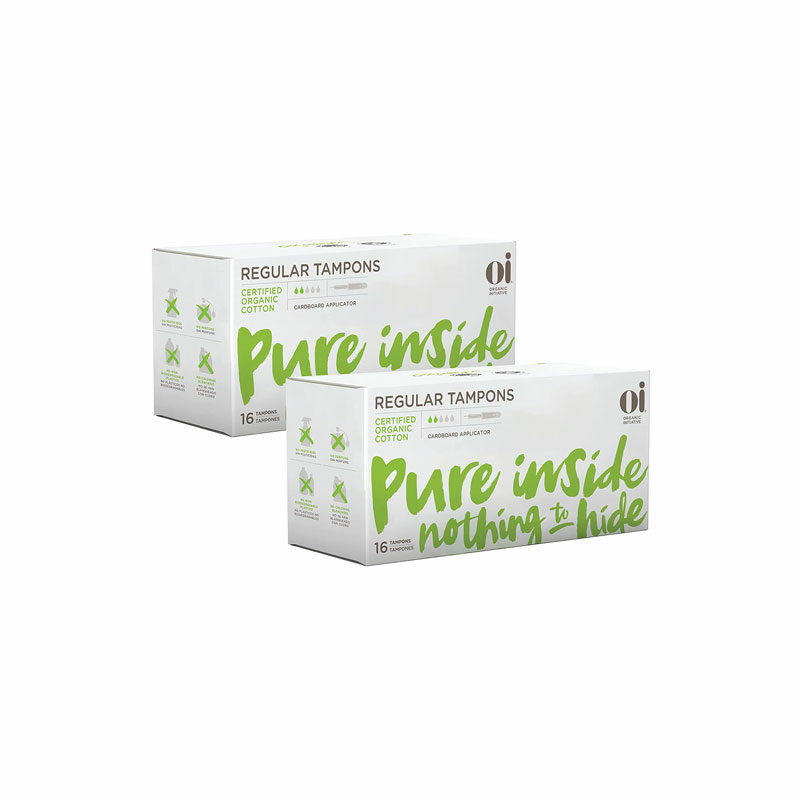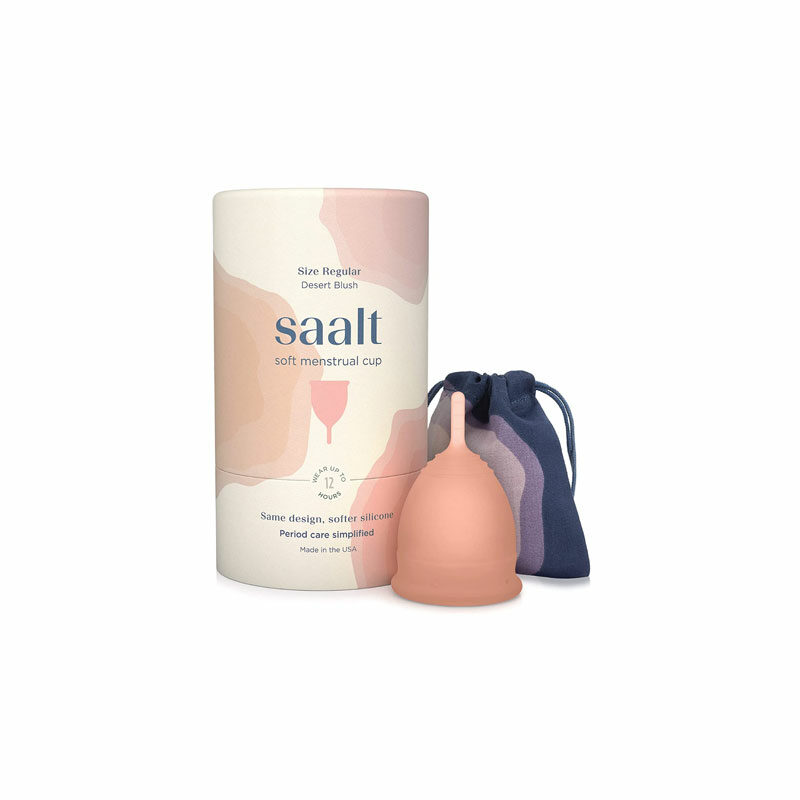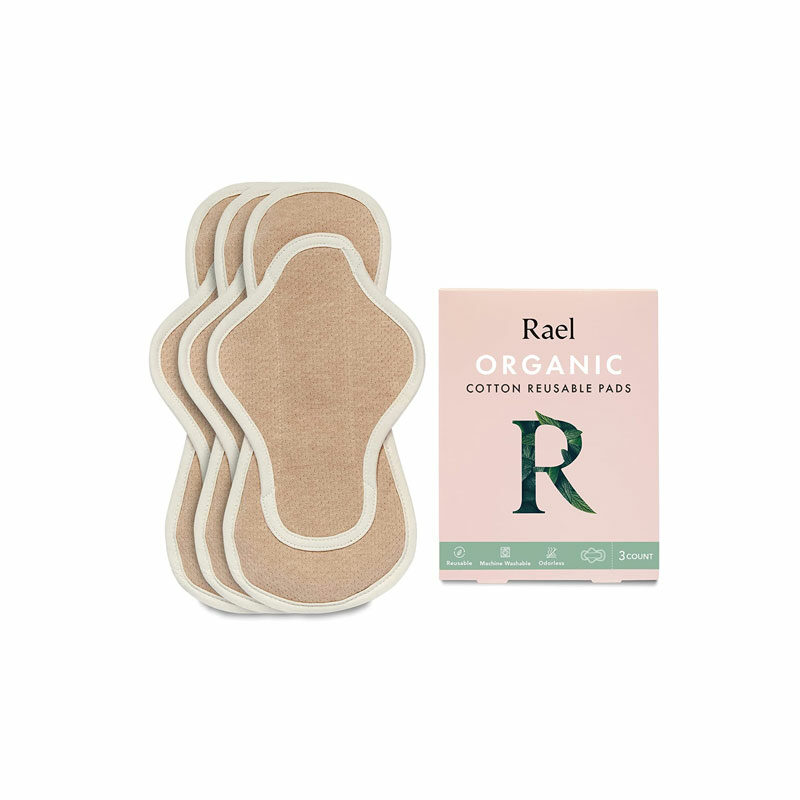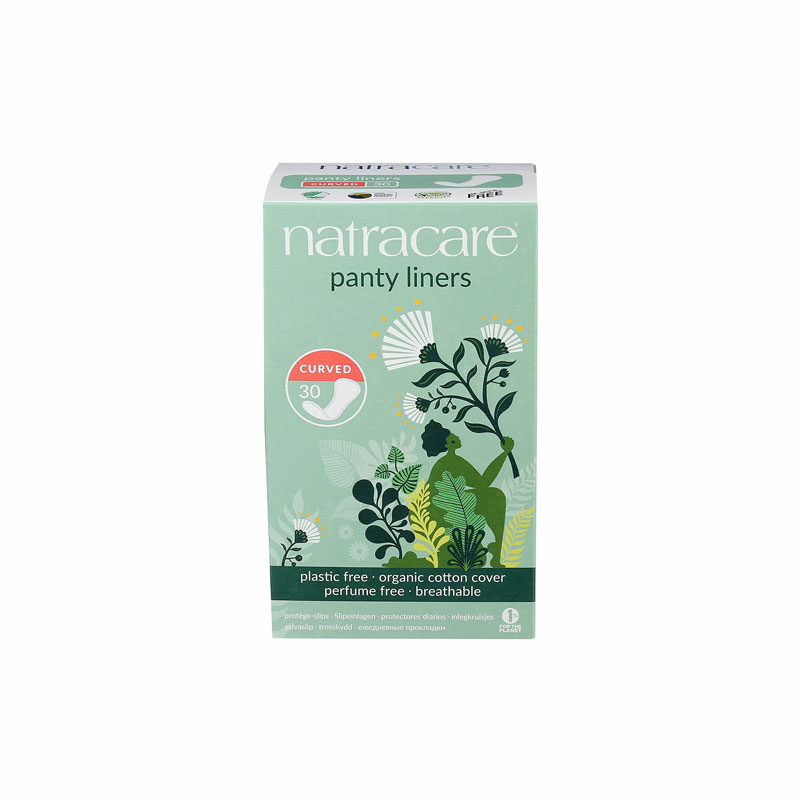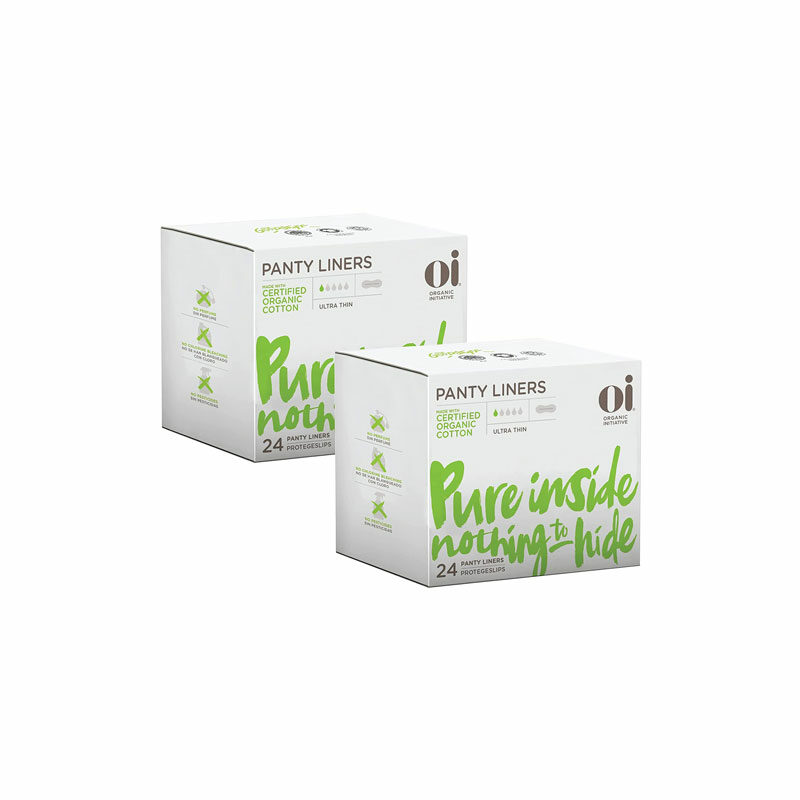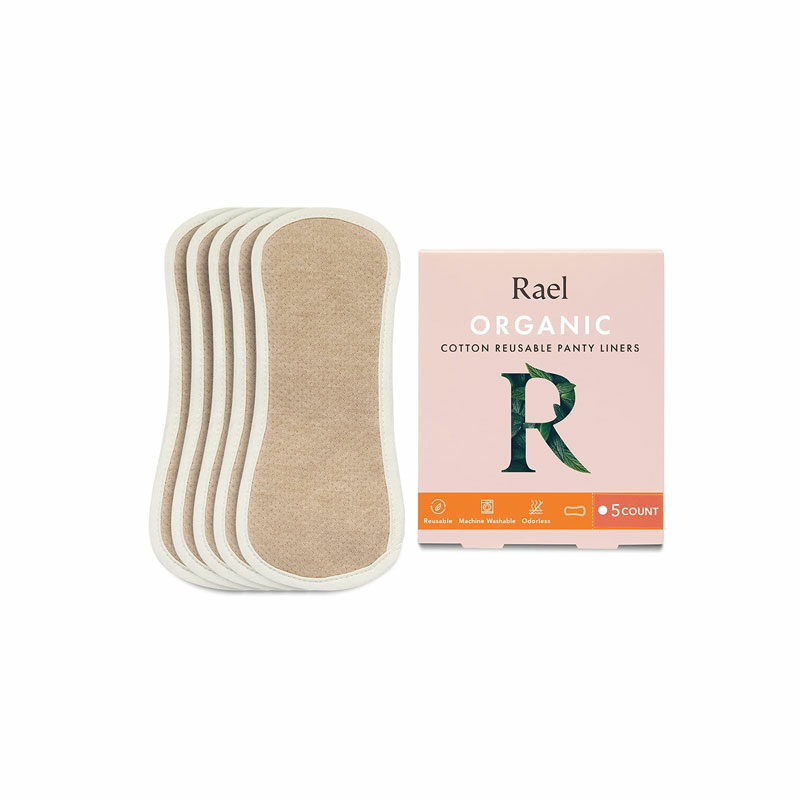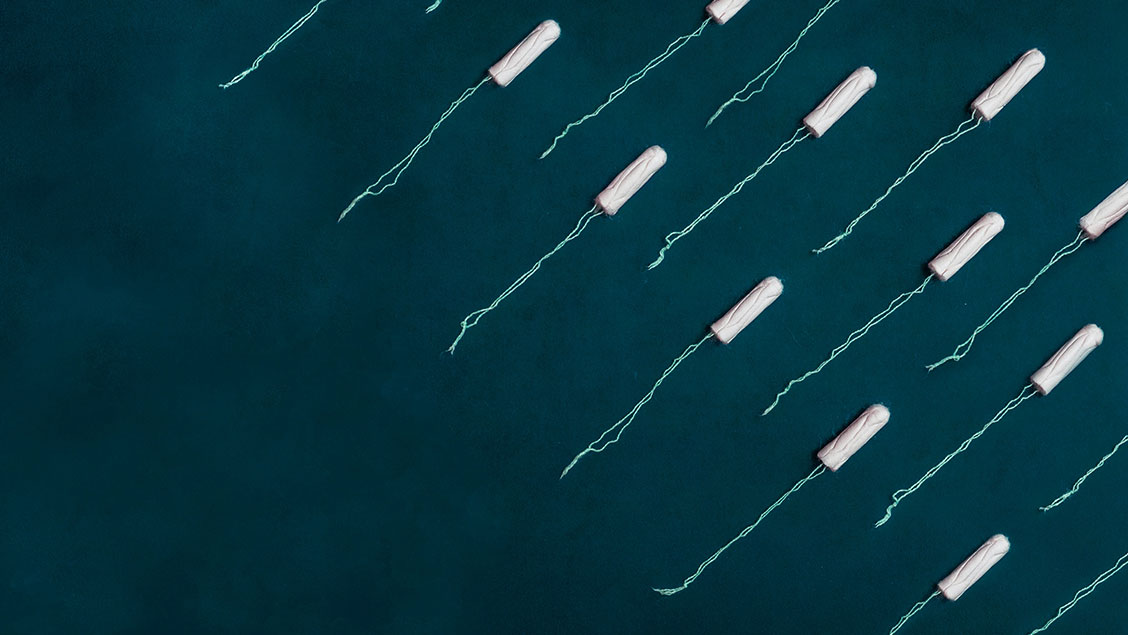
We’re talking about the monthly visitor that tends to visit us women at least 350 times in our lifetime. If you’re not conscious about the menstrual products you’re using, that’s potential for a lot of toxins in and on very sensitive areas of your body for days at a time. Most of our bodies are covered by layers of skin and not nearly as fragile seeming as the areas that you insert tampons into or the skin you wear pads against. These areas have mucous membranes which are more sensitive to the toxic exposures found in these period products. These mucous membranes located in the vagina and vulva can rapidly absorb chemicals without metabolizing them.
FDA Menstrual Product Requirements
The Food and Drug Administration (FDA) classifies tampons, pads, menstrual discs, and menstrual cups as medical devices. All of this means that under federal law, the makers of these products do NOT have to list the ingredients of their products on them. This is simply absurd, as these items are oftentimes inserted into our bodies for hours at a time over the course of a week each month. It is estimated that the average woman will use about ten to fifteen thousand pads and tampons in their lifetime.
In order for the FDA to approve one of these period care items, they simply have to be made out of cotton or rayon or a mix of the two ingredients. They then review the data that is submitted to make sure that both the tampon and the applicator are made with safe materials. Here are a few of the things they look for:
- Pad and tampon absorbency
- Strength, and integrity of the product
- If they contribute to the growth of certain harmful bacteria
- Do they change normal bacteria levels in the vagina.
Of course… that does NOT mean that cotton and rayon are the only ingredients that end up being included in these period products. I’m going to list off some of the most common toxic ingredients found along with the rayon and cotton here and shown in the chart below.
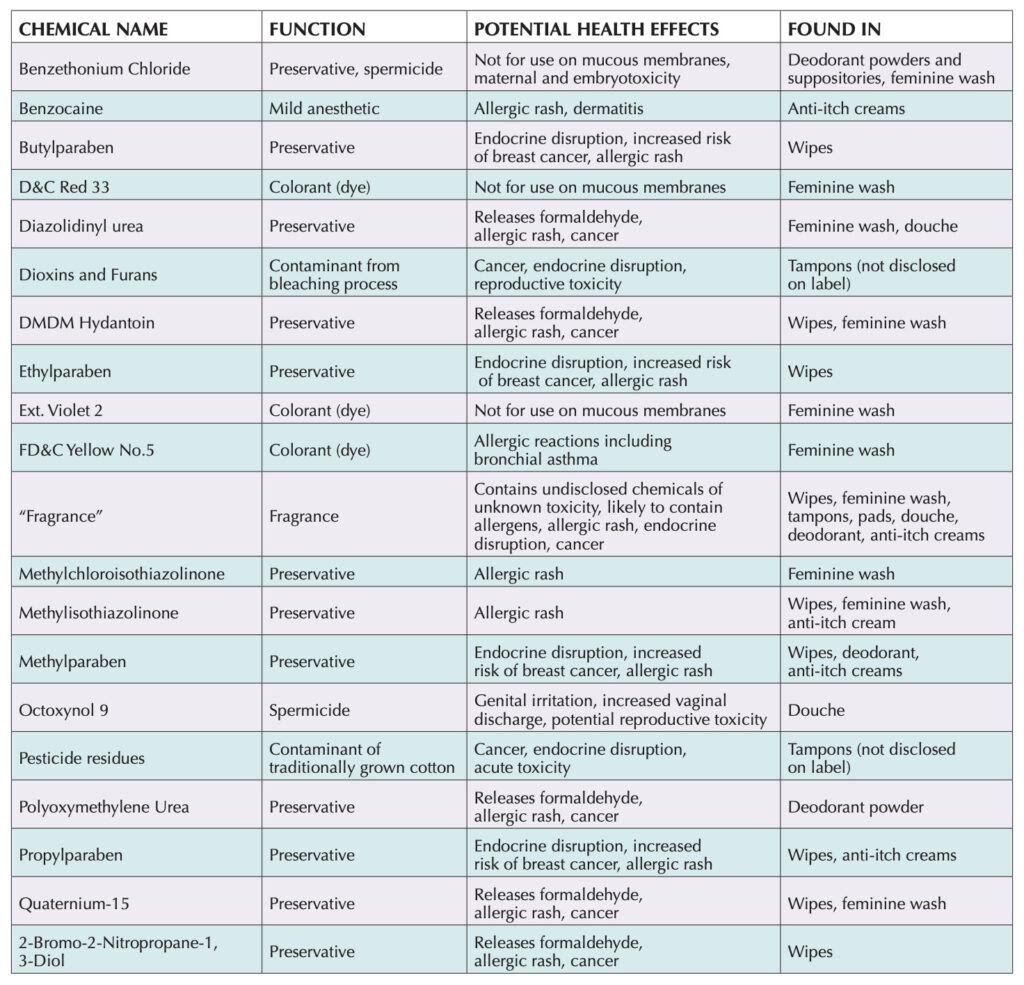
Womensvoices.org writes the following: Detox the Box
The Issue: Research shows that many of today’s menstrual and intimate care products contain a host of chemicals linked to cancer, disrupt hormones, and unnecessary allergic reactions. Tampons are used by up to 70 percent of menstruating people in the U.S. Other products such as douches, sprays, washes, and wipes, are used by 20-50% of women, with use rates considerably higher among Black, Latina and low-income women. The FDA does not require companies to test for all harmful chemicals, nor do they require companies to disclose the presence of all chemicals used in these products.
Given the widespread use of these products, the unique route of exposure, and the lack of regulatory oversight, WVE is working to eliminate toxic chemicals from the $3 billion U.S. period and intimate care products market.
Bottom line: Toxic chemicals don’t belong in menstrual care products. Period.
Toxin-free feminine care product considerations
There are many different non-toxic feminine care products available and every person is so different in which products we choose to use. Here are some things to keep in mind as you make your decisions about which toxin free products are right for you.
- Natural materials: The first thing to do is look for products made with minimal synthetics like plastics, which are not biodegradable and can last on earth for hundreds of years. Microplastics in particular are harmful for human health.
- Non-Toxic: Make sure the products you choose don’t contain toxins like phthalates, parabens, dioxins, or PFAS. These are often-restricted substances that possibly enter your bloodstream through the vagina, some of these chemicals are possibly carcinogenic and can affect your hormonal health and fertility. Many of these toxins are often found in dyes and fragrances, so make sure that the brand you choose uses non-toxic and/or plant-based ones, if any at all.
- Ethical Production: Make sure the brand you choose is transparent about its supply chain. They should tell you exactly where they source their materials from.
Popular non-toxic period products
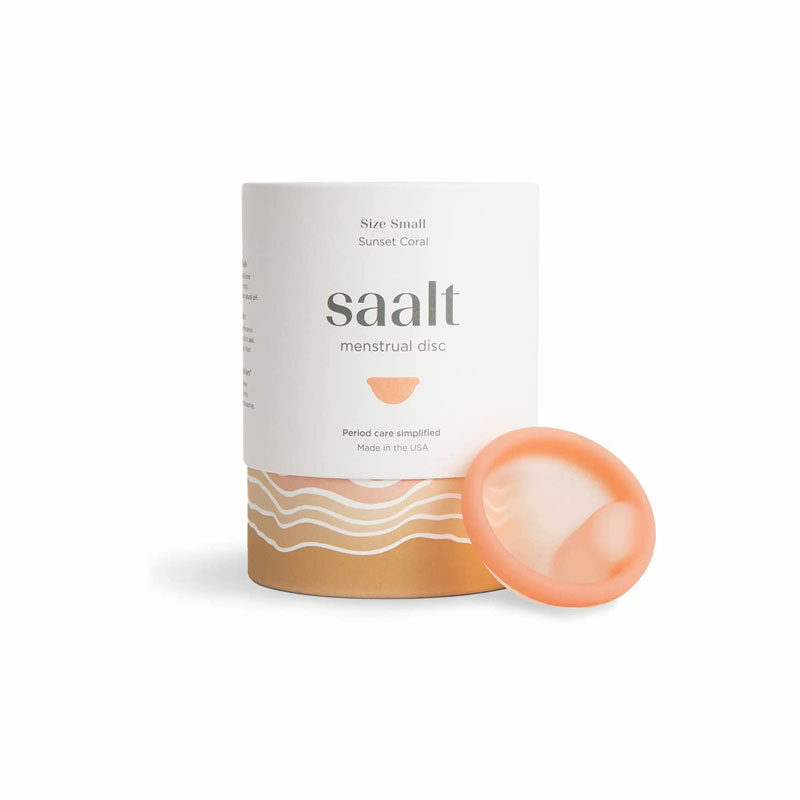
Saalt Menstrual Disc – Soft, Flexible, Reusable Medical-Grade Silicone – Wear 12 Hours – Removal Notch – Two Sizes – Menstrual Cup or Tampon Alternative – Made in USA – Lasts 10 Years (Coral, Small)
Check Price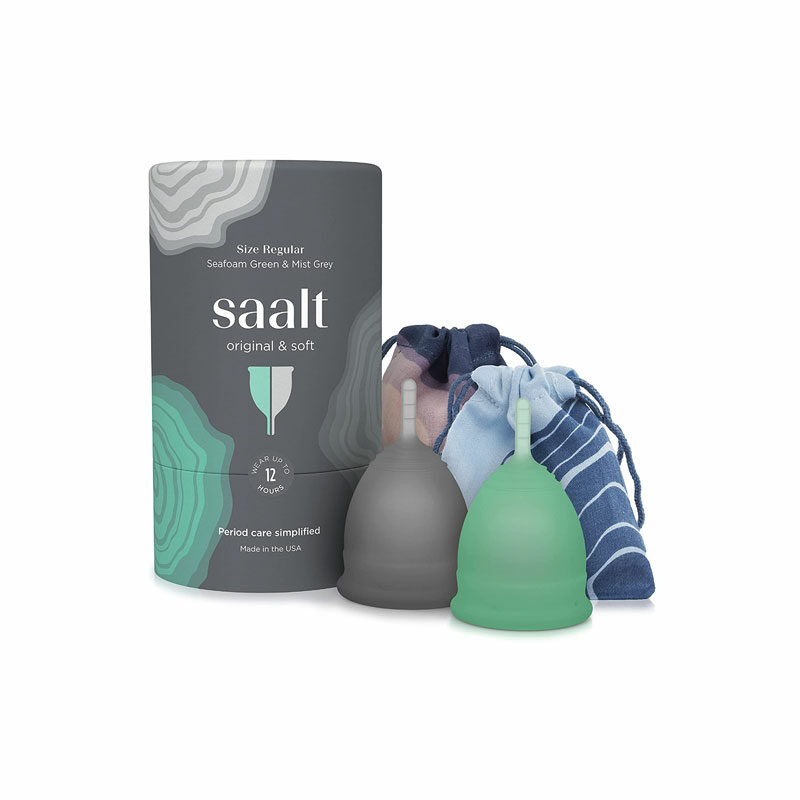
Saalt Twin Pack – Reusable Medical-Grade Silicone Period Cup – Wear for 12 Hours – Saalt Soft & Original firmness (Regular)
Check Price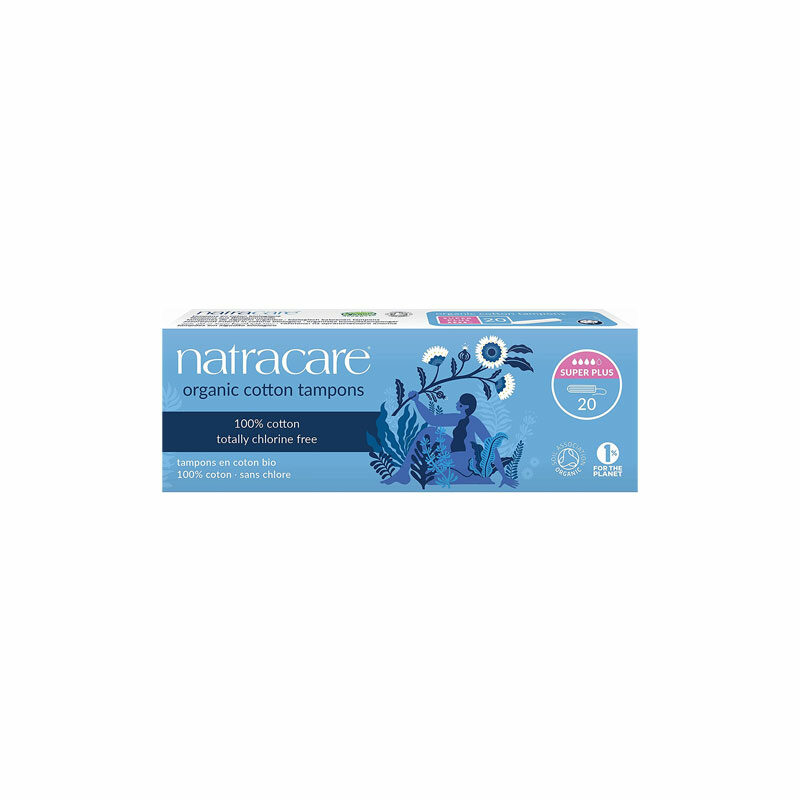
Natracare Non-Applicator 100% Organic Cotton Tampons, Super Plus, Totally Chlorine Free, Biodegradable and Compostable (1 Pack, 20 Tampons Total)
Check Price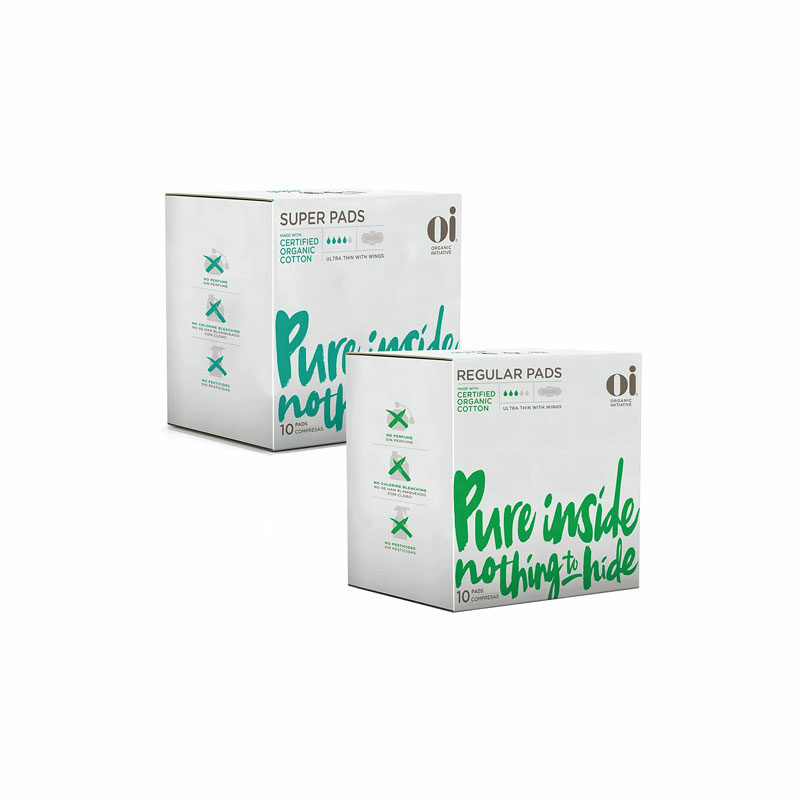
Oi 100% Certified Organic Cotton Pads, Regular/Super Flow, 20 Count | Ultra-Thin w/ Wings | Biodegradable, sustainably sourced
Check PriceThankfully, today there are so many toxin free options for period care that are much better overall for you. I will list off some great options in each category below. As always, you don’t have to take all the steps at once, just take one or two this month and then a couple more next month and before you know it… you’ve moved to being toxin free in your monthly period care!
- Menstrual Cups, Menstrual Discs, or Period Cups- These cups are usually made of medical grade silicone or sometimes latex. They are inserted into the vagina during your period and instead of soaking up blood, they collect it and have to be emptied out, rinsed, and re-inserted periodically. Most brands of cups come in different sizes and can last up to ten years depending on how you take care of them. One of the pros of using a menstrual cup is that you only have to use one, instead of a few each day at a minimum when you’re using tampons or pads. There is really no waste when you use a cup either and some brands even offer a recycling program when you decide your cup has reached the end of it’s lifespan.
- Organic Pads and Pantyliners- Finding organic pads made from 100% organic cotton have been formulated without pesticide exposure. Pesticide exposure in cotton can cause irritation, rash, and discomfort. Using synthetic pads can increase recurrent or persistent vaginal infections like yeast infections, urinary tract infections, and bacterial vaginosis. If you have a pre-disposition to having these infections, then you should definitely make the switch to organic ingredients. I also recommend choosing pads that are fragrance and dye free, as these are commonly full of toxic ingredients and tend to cause the same infections or at least increase their symptom’s’ severity.
- Organic Tampons- While there is currently no research on whether organic tampons are safer than non-organic ones. The vagina can easily absorb toxic chemicals, especially over the thousands of hours you’ll potentially spend using a tampon through the years. Though there is no evidence that organic tampons are safer to use, we believe organic is the safer choice if you’re a tampon user for the same reasons we listed above about using organic pads. Whatever brand you choose, we seriously recommend that you steer clear of using any tampons with fragrance in them. Fragrance is a blanket ingredient meaning that up to 1,000 toxic ingredients could be used to create the “fragrance” and those toxic ingredients are then inserted into your vaginal walls where the mucous membranes can then soak the toxins up.
- Period Panties- These are reusable underwear that you can wear throughout your period, without using disposable products like pads or tampons. Depending on how heavy your flow is, sometimes you can wear one pair for up to six hours before you throw them in the washing machine with the rest of your laundry — BUT make sure to rinse them out with water before you you toss them in the laundry. Most brands will have different absorbency levels based on your blood-flow, and many brands offer a quiz that helps you determine what is best for you. Some people find that combining a pair of period panties with a liner or tampon on the heavier days of their flow is helpful, however; if you have the heavy-absorbency ones you shouldn’t need to combine them. If you take care of your period panties properly, one pair of them can last for up to two years. Period panty brands currently all use a small amount of polyester or spandex for the comfort
- Reusable Pads and Pantyliners- Reusable pads are very similar in concept to how period panties work. They work by eliminating the need for disposable pads. You simply attach the base liner to your everyday underwear with snaps that come on it. Then you slip in the re-usable pad into the straps of the base. Once you are finished using the re-usable pad you just rinse, wash, and reuse. Make sure you find ones that are made of organic cotton or other natural materials. Like the period underwear, these reusable pads also have a small amount of synthetic fabric in the construction.
